Gynecomastia, a condition characterized by the enlargement of male breast tissue, can affect men of all ages. While often benign, it can lead to significant self-consciousness and emotional distress. For those seeking a solution, considering Gynecomastia Surgery in Abu Dhabi offers a path towards restoring a more masculine chest contour. This surgical procedure aims to reduce the excess breast tissue, resulting in a flatter and more defined chest.
What is Gynecomastia?
The Nature of the Condition
Gynecomastia is a common condition that involves the non-cancerous growth of breast tissue in males. This enlargement can occur in one or both breasts and may feel firm or rubbery. It’s important to understand that this is distinct from pseudogynecomastia, which is caused by an accumulation of fat rather than glandular tissue. The underlying cause of gynecomastia is often an imbalance of hormones, specifically an increase in estrogen relative to testosterone.
Causes of Gynecomastia
Several factors can contribute to the development of gynecomastia. Hormonal fluctuations are a primary driver, particularly during puberty and in older age. Certain medications, including those for heart conditions, anxiety, and prostate issues, can also lead to this condition. Additionally, some medical conditions, such as liver disease, kidney failure, and thyroid problems, have been linked to gynecomastia. Lifestyle factors, such as excessive alcohol consumption and the use of certain recreational drugs, can also play a role.
Surgical Approaches to Gynecomastia
The Goal of Surgery
The primary goal of gynecomastia surgery is to remove the excess breast tissue and reshape the chest to achieve a more masculine appearance. The specific surgical technique employed will depend on the individual’s anatomy, the amount of excess tissue, and the presence of excess skin. The procedure is tailored to each patient to ensure the best possible outcome.
Excision Technique
The excision technique is often used when there is a significant amount of glandular tissue or excess skin that needs to be removed. This involves making an incision, typically around the areola or in the crease of the breast, to directly remove the excess tissue. The size and location of the incision will depend on the extent of the gynecomastia. This method allows for precise removal of glandular tissue and can also address excess skin, which may be necessary in cases of significant enlargement.
Liposuction Technique
Liposuction is a technique that is frequently used in conjunction with or as a standalone treatment for gynecomastia, particularly when the enlargement is primarily due to excess fat. This involves inserting a thin tube, called a cannula, through small incisions to suction out the excess fatty tissue. Liposuction is a less invasive option compared to excision and typically results in smaller scars. It is particularly effective in cases of pseudogynecomastia or when there is a combination of excess fat and glandular tissue.
Combination Technique
In many cases, a combination of excision and liposuction is used to achieve the best results. This approach allows the surgeon to remove both excess glandular tissue and fat, providing a more comprehensive solution. The combination technique is often necessary when there is a significant amount of both types of tissue contributing to the gynecomastia. This tailored approach ensures that all excess tissue is addressed, leading to a smoother and more natural-looking chest contour.
Preparing for Gynecomastia Surgery
Initial Consultation
The first step in considering gynecomastia surgery is an initial consultation. During this appointment, the surgeon will evaluate your condition, discuss your medical history, and understand your aesthetic goals. This is an opportunity to ask questions and gain a clear understanding of the procedure, potential outcomes, and what to expect during the recovery period. The surgeon will also determine the most appropriate surgical technique for your specific needs.
Pre-Operative Instructions
Before the surgery, you will receive specific pre-operative instructions. These may include guidelines on diet, medication adjustments, and avoiding smoking and alcohol. It’s crucial to follow these instructions carefully to ensure a smooth and safe procedure. You may also be advised to arrange for someone to drive you home after the surgery and to assist you during the initial recovery period.
The Surgical Procedure
Anesthesia
Gynecomastia surgery is typically performed under general anesthesia or local anesthesia with sedation. The type of anesthesia used will depend on the complexity of the procedure and your individual health status. Anesthesia ensures that you are comfortable and pain-free during the surgery.
Incision Placement
The placement of incisions will vary depending on the surgical technique used. For excision, incisions are typically made around the areola or in the natural folds of the chest. For liposuction, small incisions are made in discreet locations. The surgeon will strive to place incisions in areas where scars will be less visible.
Tissue Removal
Once the incisions are made, the surgeon will proceed to remove the excess breast tissue and/or fat using the chosen technique. The goal is to sculpt the chest to create a flatter and more masculine appearance. The amount of tissue removed will depend on the extent of the gynecomastia.
Closing Incisions
After the excess tissue has been removed, the incisions are closed with sutures. In some cases, drains may be placed to help remove excess fluid and reduce swelling. The surgeon will carefully close the incisions to minimize scarring.
Recovery After Gynecomastia Surgery
Immediate Post-Operative Period
Immediately after the surgery, you will be monitored in a recovery area. You may experience some discomfort, swelling, and bruising. Pain medication will be provided to manage any pain. You will typically be able to go home the same day, but it’s important to have someone with you.
Wearing a Compression Garment
A compression garment is usually worn after gynecomastia surgery to help reduce swelling, support the healing tissues, and improve the final contour of the chest. You will be instructed on how long to wear the compression garment, which is typically for several weeks.
Activity Restrictions
You will need to limit your physical activity during the recovery period. Strenuous exercise and heavy lifting should be avoided for several weeks. Your surgeon will provide specific guidelines on when you can gradually resume your normal activities.
Managing Swelling and Bruising
Swelling and bruising are common after gynecomastia surgery. Applying cold compresses and keeping your upper body elevated can help reduce these symptoms. It’s important to follow your surgeon’s instructions for managing swelling and bruising.
Follow-Up Appointments
You will have follow-up appointments with your surgeon to monitor your recovery and ensure that you are healing properly. These appointments are important for addressing any concerns and assessing the progress of your results.
Results of Gynecomastia Surgery
Achieving a Flatter Chest
The results of gynecomastia surgery are typically visible after the initial swelling subsides. The goal is to achieve a flatter, more masculine chest contour. The final results will become more apparent over several months as the tissues continue to heal and settle.
Improved Confidence
Many men who undergo gynecomastia surgery experience a significant improvement in their self-confidence and body image. The ability to wear various types of clothing without feeling self-conscious can have a positive impact on their quality of life.
Long-Term Outcomes
The results of gynecomastia surgery are generally long-lasting, provided that you maintain a stable weight and healthy lifestyle. However, significant weight fluctuations or the use of certain medications or substances can potentially lead to a recurrence of gynecomastia.
Is Liposuction Part of Gynecomastia Surgery?
Yes, liposuction is often a part of gynecomastia surgery. As discussed earlier, gynecomastia can be caused by excess glandular tissue, excess fat, or a combination of both. When excess fat is a significant contributor to the breast enlargement, liposuction is used to remove this fatty tissue. In many cases, a combination of liposuction and direct excision of glandular tissue is the most effective approach to achieve the desired results. Therefore, liposuction is a common and valuable tool used in the comprehensive treatment of gynecomastia.
Frequently Asked Questions
How long does the recovery period typically last?
The initial recovery period, where you will need to limit your activities and wear a compression garment, typically lasts several weeks. Full recovery, with the complete resolution of swelling and the final results becoming apparent, can take several months.
Will there be visible scars after the surgery?
While incisions are necessary for gynecomastia surgery, surgeons aim to place them in discreet locations to minimize visible scarring. The appearance of scars will vary depending on the surgical technique used and individual healing. Over time, scars typically fade, but they may not completely disappear.
When can I return to exercise after gynecomastia surgery?
You will need to avoid strenuous exercise and heavy lifting for several weeks after gynecomastia surgery. Your surgeon will provide specific guidelines on when you can gradually resume your normal exercise routine, which will depend on your individual healing progress.
Are the results of gynecomastia surgery permanent?
The results of gynecomastia surgery are generally long-lasting, provided that you maintain a stable weight and healthy lifestyle. However, significant weight fluctuations or the use of certain medications or substances can potentially lead to a recurrence of gynecomastia.


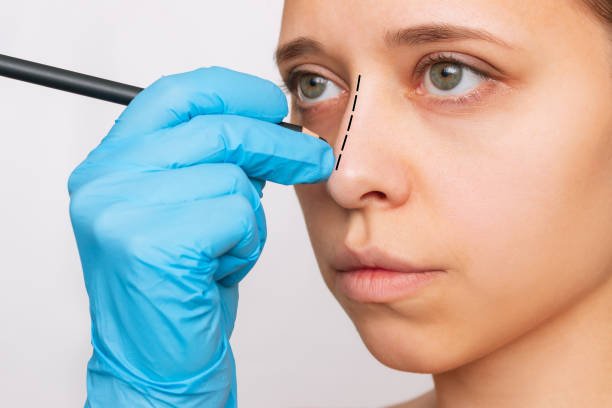
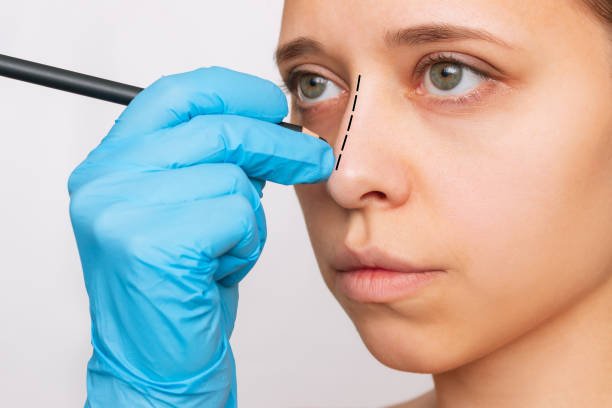





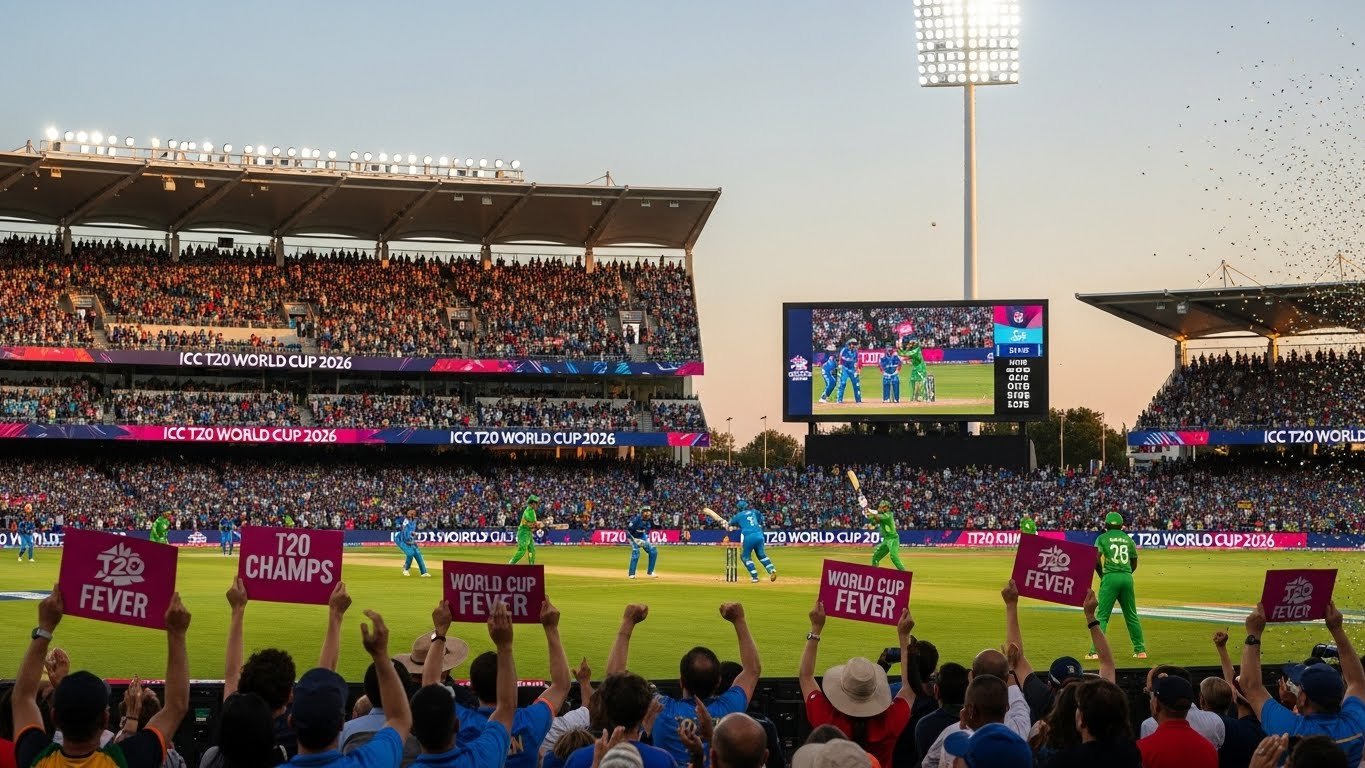

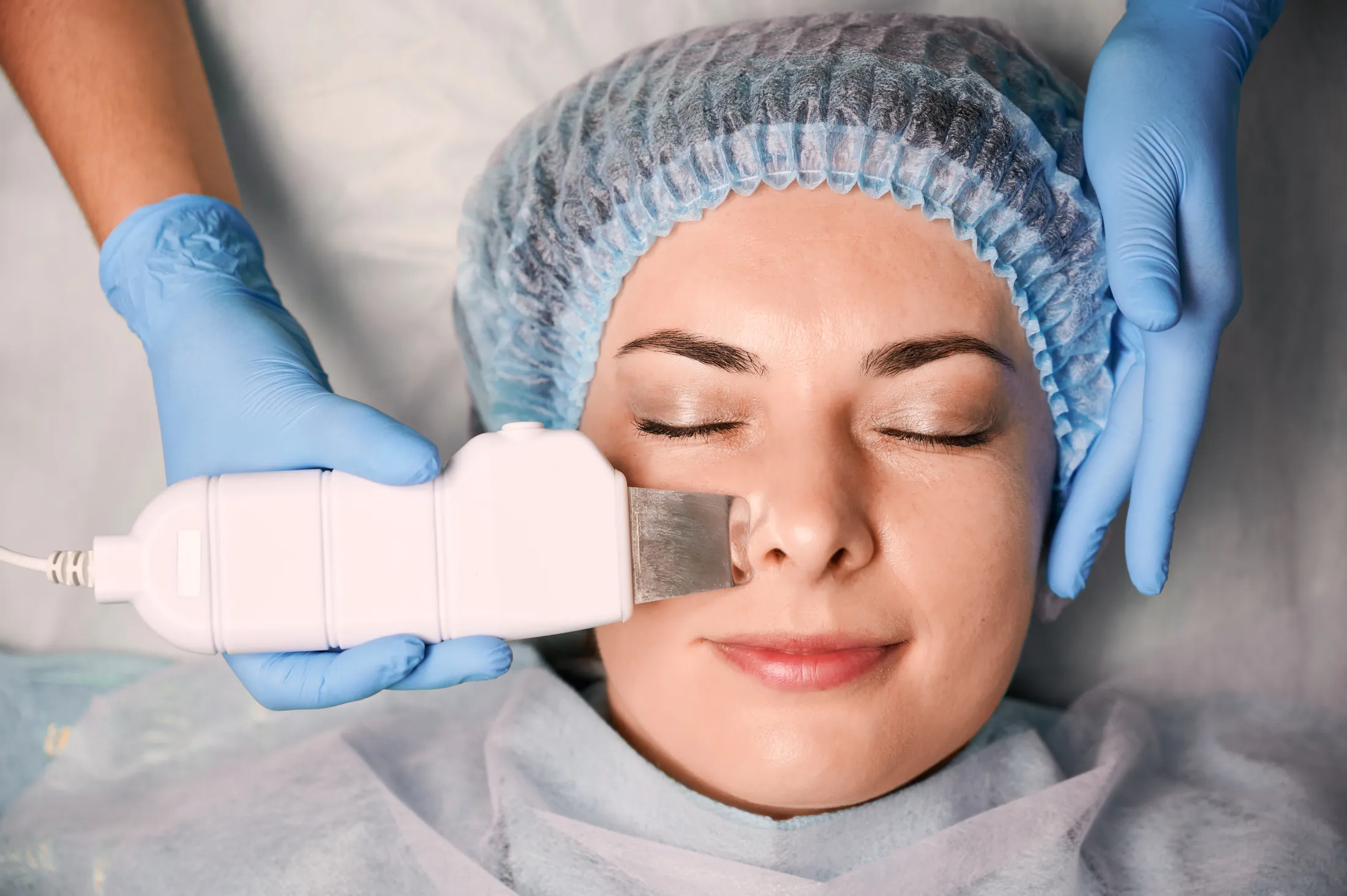

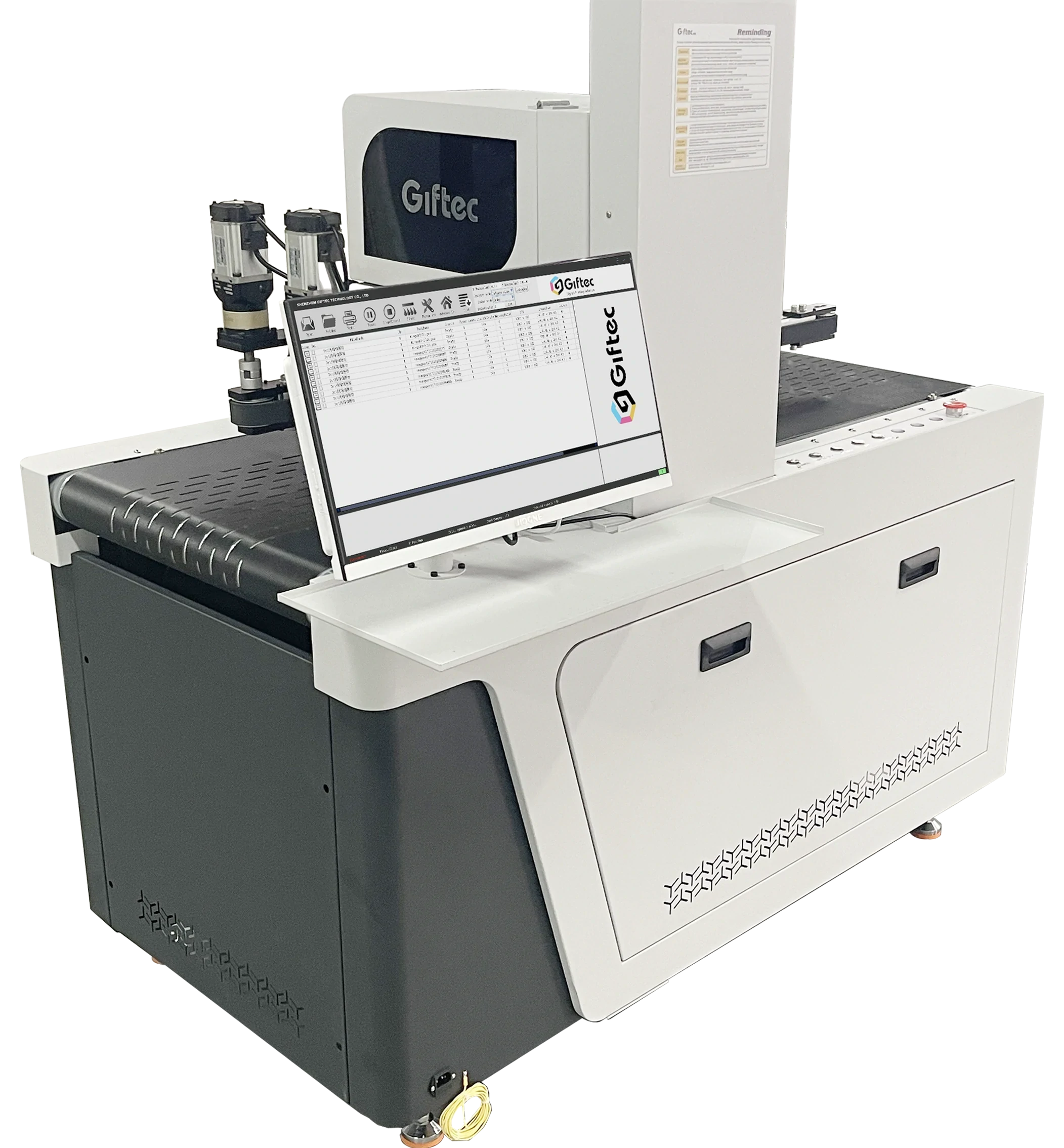

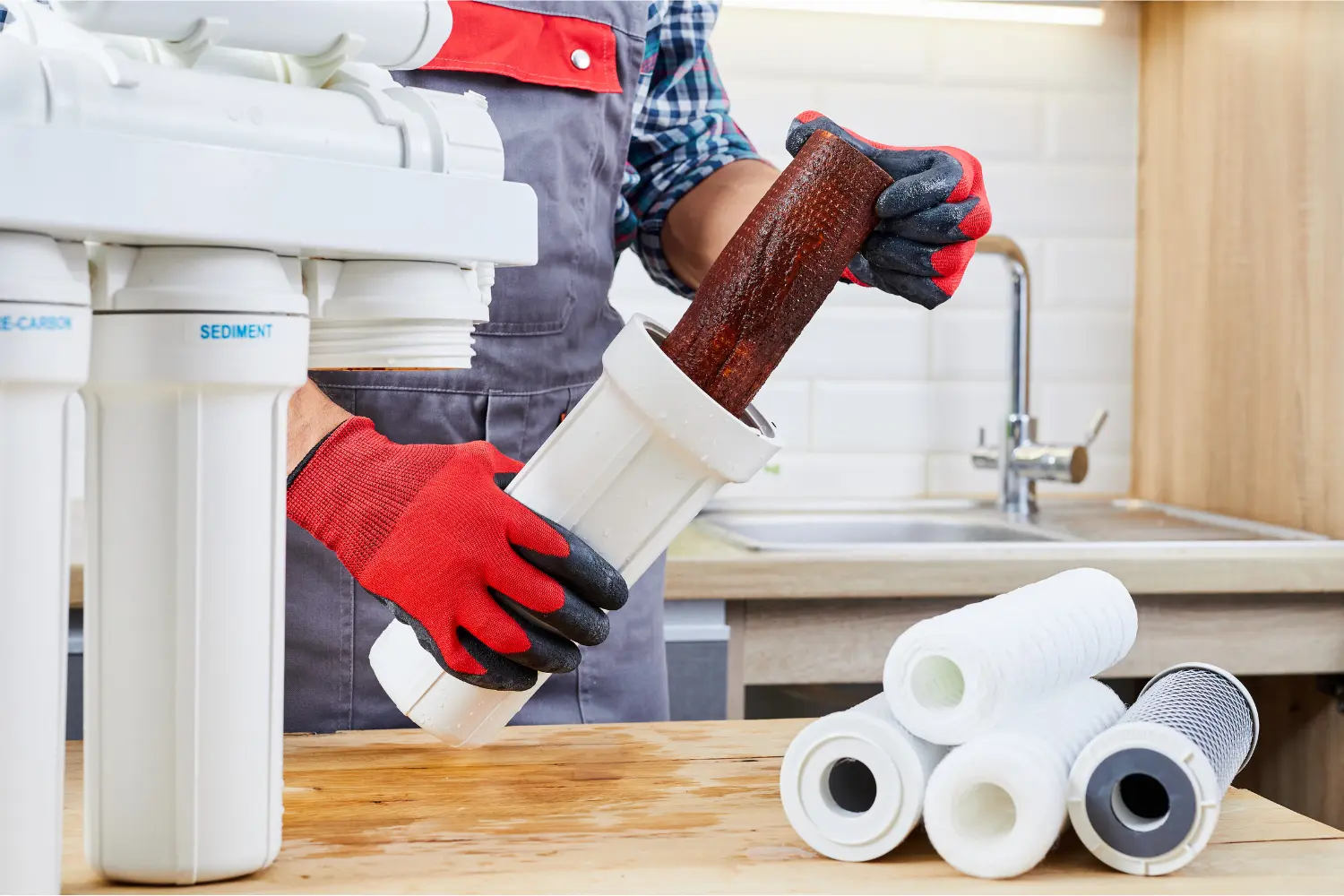
Leave a Reply